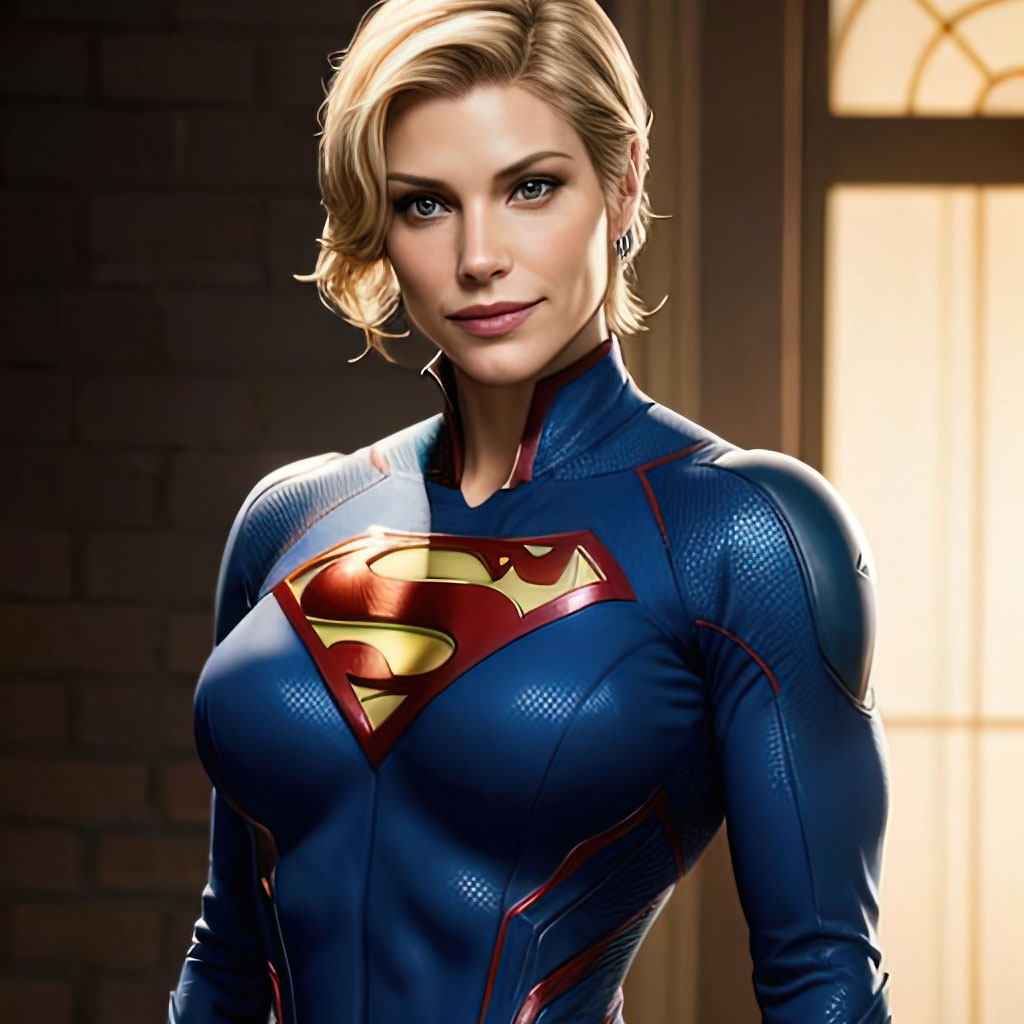In a cinematic landscape dominated by capes and superpowers, the box office reception of female-led superhero movies has been a subject of debate. Despite the undeniable rise of female empowerment in recent years, the success of these films has not always mirrored the fervor surrounding their male counterparts. This article aims to dissect the factors contributing to the box office challenges faced by female superhero movies.
- Historical Imbalance in Representation: The superhero genre has traditionally been male-dominated, with iconic characters like Superman and Batman taking center stage. The scarcity of well-established female superheroes in mainstream comics has translated to fewer character-driven narratives, limiting the pool from which filmmakers can draw compelling stories.
- Marketing and Merchandising Disparities: Female superheroes often face challenges in merchandising and marketing. The lack of diverse and appealing merchandise, coupled with less aggressive marketing campaigns, can result in lower audience engagement compared to male-led counterparts.
- Stereotypes and Audience Perceptions: Deep-rooted gender stereotypes can influence audience perceptions of what constitutes a “successful” superhero movie. Breaking away from traditional molds can be a risky endeavor, as audiences may be conditioned to expect certain characteristics and storylines from male superheroes.
- Underdeveloped Storylines and Characters: Female superheroes sometimes grapple with underdeveloped storylines and characters, limiting the emotional connection audiences can forge with them. Well-rounded character arcs and compelling narratives are essential for any movie’s success, and when female superheroes are given less attention in these aspects, it can impact box office performance.
- Industry Decision-Making and Risk Aversion: Hollywood has historically been risk-averse, often leaning on established formulas for success. Female-led superhero movies may be perceived as a financial risk, leading studios to allocate smaller budgets and fewer resources, which can impact overall production quality and marketing efforts.
- Cultural Shifts and Evolving Audiences: While the industry is gradually embracing diversity, there is still work to be done in addressing the evolving tastes of audiences. Attitudes toward female-led superhero movies are changing, but the industry needs to keep pace with these shifts in order to cater to a more diverse and inclusive viewership.
Final Thoughts: As the cinematic landscape continues to evolve, so too must the portrayal and reception of female-led superhero movies. Overcoming these challenges requires a concerted effort from filmmakers, studios, and audiences alike to break free from traditional norms and embrace the diversity that makes the superhero genre truly extraordinary. Only through these collective strides can we expect female superheroes to soar at the box office, captivating audiences and shattering preconceived notions about the power and appeal of women in the world of superheroes.
Female Lead Super Hero



